This article was co-authored by Jonathan Frank, MD. Dr. Jonathan Frank is an Orthopedic Surgeon based in Beverly Hills, California, specializing in sports medicine and joint preservation. Dr. Frank's practice focuses on minimally invasive, arthroscopic surgery of the knee, shoulder, hip, and elbow. Dr. Frank holds an MD from the University of California, Los Angeles School of Medicine. He completed an orthopedic residency at Rush University Medical Center in Chicago and a fellowship in Orthopedic Sports Medicine and Hip Preservation at the Steadman Clinic in Vail, Colorado. He is a staff team physician for the US Ski and Snowboard Team. Dr. Frank is currently a scientific reviewer for top peer-reviewed scientific journals, and his research has been presented at regional, national, and international orthopedic conferences, winning several awards including the prestigious Mark Coventry and William A Grana awards.
There are 7 references cited in this article, which can be found at the bottom of the page.
wikiHow marks an article as reader-approved once it receives enough positive feedback. This article received 13 testimonials and 87% of readers who voted found it helpful, earning it our reader-approved status.
This article has been viewed 459,964 times.
Slamming a door on your finger can be extremely painful! The good news is that the vast majority of the time, your finger will heal up just fine on its own. But how can you deal with the pain right now? Don’t worry. There’s actually plenty you can do to help cope with the pain and treat the injury. To make it easy for you, we’ve put together a list of useful things you can do to help deal with the pain after shutting a door on your finger.
Steps
Expert Q&A
Did you know you can get expert answers for this article?
Unlock expert answers by supporting wikiHow
-
QuestionWhat should I do to recover if my finger was shut in a door?
 Jonathan Frank, MDDr. Jonathan Frank is an Orthopedic Surgeon based in Beverly Hills, California, specializing in sports medicine and joint preservation. Dr. Frank's practice focuses on minimally invasive, arthroscopic surgery of the knee, shoulder, hip, and elbow. Dr. Frank holds an MD from the University of California, Los Angeles School of Medicine. He completed an orthopedic residency at Rush University Medical Center in Chicago and a fellowship in Orthopedic Sports Medicine and Hip Preservation at the Steadman Clinic in Vail, Colorado. He is a staff team physician for the US Ski and Snowboard Team. Dr. Frank is currently a scientific reviewer for top peer-reviewed scientific journals, and his research has been presented at regional, national, and international orthopedic conferences, winning several awards including the prestigious Mark Coventry and William A Grana awards.
Jonathan Frank, MDDr. Jonathan Frank is an Orthopedic Surgeon based in Beverly Hills, California, specializing in sports medicine and joint preservation. Dr. Frank's practice focuses on minimally invasive, arthroscopic surgery of the knee, shoulder, hip, and elbow. Dr. Frank holds an MD from the University of California, Los Angeles School of Medicine. He completed an orthopedic residency at Rush University Medical Center in Chicago and a fellowship in Orthopedic Sports Medicine and Hip Preservation at the Steadman Clinic in Vail, Colorado. He is a staff team physician for the US Ski and Snowboard Team. Dr. Frank is currently a scientific reviewer for top peer-reviewed scientific journals, and his research has been presented at regional, national, and international orthopedic conferences, winning several awards including the prestigious Mark Coventry and William A Grana awards.
Orthopedic Surgeon What you want to do is RICE: Rest, Ice, Compression and Elevation. Inflammation from an injury will typically present itself as not just pain, but swelling as well. Icing the injury for 20 minutes on and 20 minutes off, elevating it above the heart level if you're laying on the couch or sitting, and then using an anti-inflammatory like Ibuprofen or Naproxen can help counteract that inflammation.
What you want to do is RICE: Rest, Ice, Compression and Elevation. Inflammation from an injury will typically present itself as not just pain, but swelling as well. Icing the injury for 20 minutes on and 20 minutes off, elevating it above the heart level if you're laying on the couch or sitting, and then using an anti-inflammatory like Ibuprofen or Naproxen can help counteract that inflammation. -
QuestionWhat should I do if the top of my finger is red and the rest of the finger slowly expands and starts throbbing?
 Chris M. Matsko, MDDr. Chris M. Matsko is a retired physician based in Pittsburgh, Pennsylvania. With over 25 years of medical research experience, Dr. Matsko was awarded the Pittsburgh Cornell University Leadership Award for Excellence. He holds a BS in Nutritional Science from Cornell University and an MD from the Temple University School of Medicine in 2007. Dr. Matsko earned a Research Writing Certification from the American Medical Writers Association (AMWA) in 2016 and a Medical Writing & Editing Certification from the University of Chicago in 2017.
Chris M. Matsko, MDDr. Chris M. Matsko is a retired physician based in Pittsburgh, Pennsylvania. With over 25 years of medical research experience, Dr. Matsko was awarded the Pittsburgh Cornell University Leadership Award for Excellence. He holds a BS in Nutritional Science from Cornell University and an MD from the Temple University School of Medicine in 2007. Dr. Matsko earned a Research Writing Certification from the American Medical Writers Association (AMWA) in 2016 and a Medical Writing & Editing Certification from the University of Chicago in 2017.
Family Medicine Physician
-
QuestionShould I see a doctor if a knot appeared on my finger after hitting it?
 Chris M. Matsko, MDDr. Chris M. Matsko is a retired physician based in Pittsburgh, Pennsylvania. With over 25 years of medical research experience, Dr. Matsko was awarded the Pittsburgh Cornell University Leadership Award for Excellence. He holds a BS in Nutritional Science from Cornell University and an MD from the Temple University School of Medicine in 2007. Dr. Matsko earned a Research Writing Certification from the American Medical Writers Association (AMWA) in 2016 and a Medical Writing & Editing Certification from the University of Chicago in 2017.
Chris M. Matsko, MDDr. Chris M. Matsko is a retired physician based in Pittsburgh, Pennsylvania. With over 25 years of medical research experience, Dr. Matsko was awarded the Pittsburgh Cornell University Leadership Award for Excellence. He holds a BS in Nutritional Science from Cornell University and an MD from the Temple University School of Medicine in 2007. Dr. Matsko earned a Research Writing Certification from the American Medical Writers Association (AMWA) in 2016 and a Medical Writing & Editing Certification from the University of Chicago in 2017.
Family Medicine Physician
Warnings
- Never take prescription medication unless it was given to you by your doctor.⧼thumbs_response⧽
References
- ↑ https://www.seattlechildrens.org/conditions/a-z/finger-injury/
- ↑ https://medlineplus.gov/ency/article/000018.htm
- ↑ https://newsnetwork.mayoclinic.org/discussion/home-remedies-just-jammed-your-finger/
- ↑ https://www.seattlechildrens.org/conditions/a-z/finger-injury/
- ↑ https://www.seattlechildrens.org/conditions/a-z/finger-injury/
- ↑ https://ntc.lluh.org/blog/5-ways-take-your-mind-off-pain
- ↑ https://www.seattlechildrens.org/conditions/a-z/finger-injury/
- ↑ https://www.boystownpediatrics.org/knowledge-center/smashed-finger
- ↑ https://www.boystownpediatrics.org/knowledge-center/smashed-finger
- ↑ https://www.health.harvard.edu/mind-and-mood/6-ways-to-use-your-mind-to-control-pain
- ↑ https://medlineplus.gov/ency/article/000018.htm
- ↑ https://medlineplus.gov/ency/article/000018.htm
- ↑ https://medlineplus.gov/ency/article/000018.htm
- ↑ https://www.healthychildren.org/English/health-issues/injuries-emergencies/Pages/Fingertip-Injuries.aspx
About This Article
To deal with the pain of a door being shut on your finger, put ice on it immediately to keep the swelling down and numb the pain. Additionally, point your finger toward the sky and keep it elevated to reduce blood flow to the area. Then, consider taking an over-the-counter pain reliever, such as Advil or Acetaminophen, to help you deal with the pain. However, if you can’t bend your finger or if there is a lot of blood under your fingernail, make an appointment with your doctor right away so they can treat it as soon as possible. For more advice from our Medical reviewer, including how to use visual imagery and deep breathing to help you deal with the pain, read on!
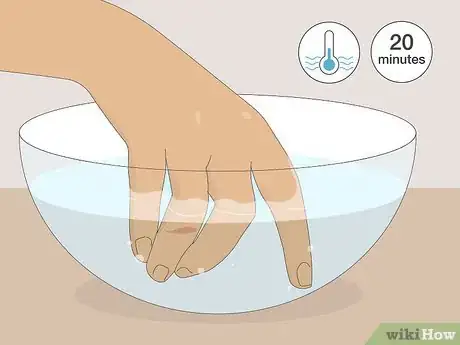

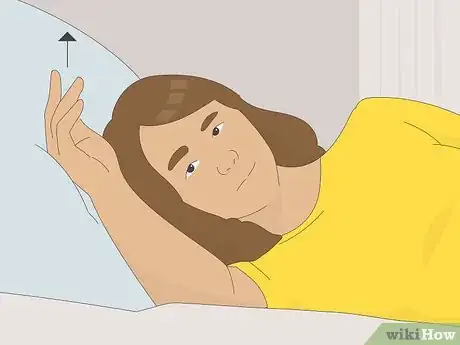
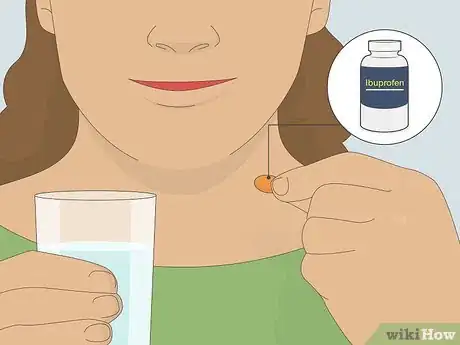
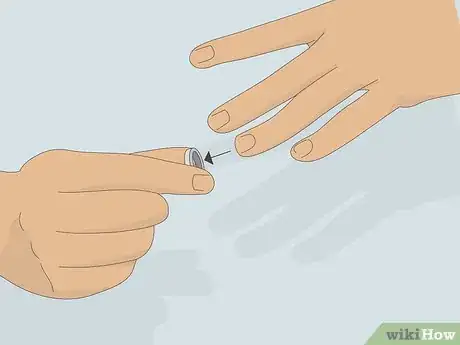
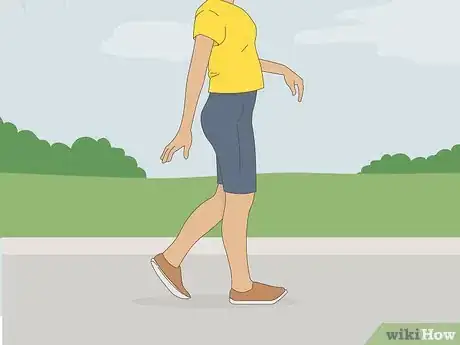

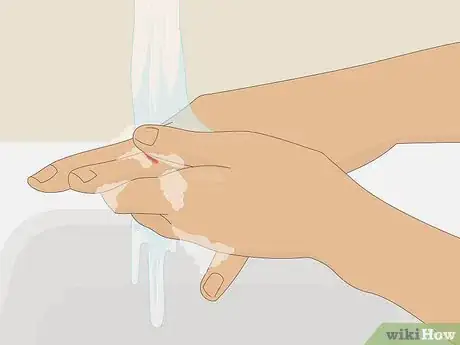
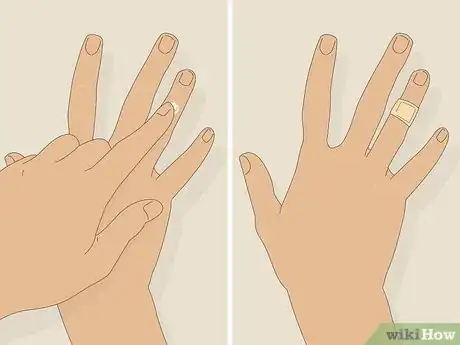
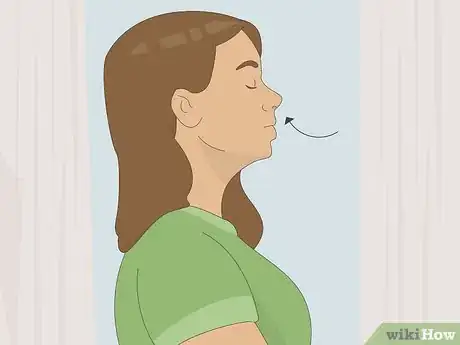
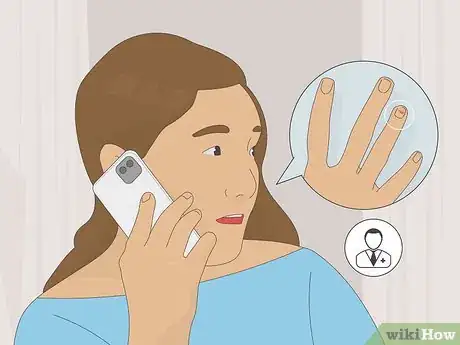
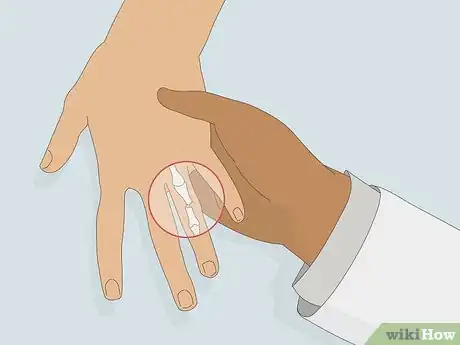
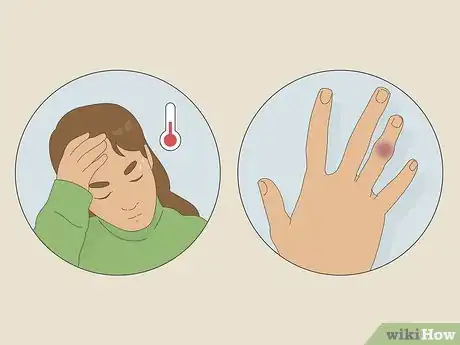
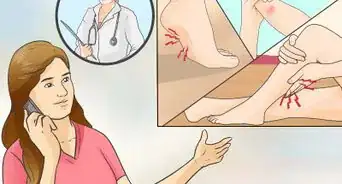






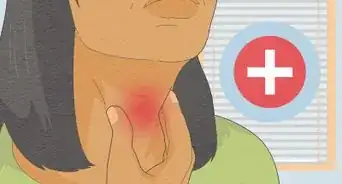



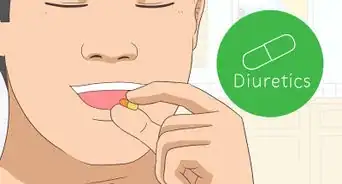










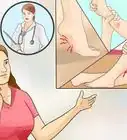






































Medical Disclaimer
The content of this article is not intended to be a substitute for professional medical advice, examination, diagnosis, or treatment. You should always contact your doctor or other qualified healthcare professional before starting, changing, or stopping any kind of health treatment.
Read More...